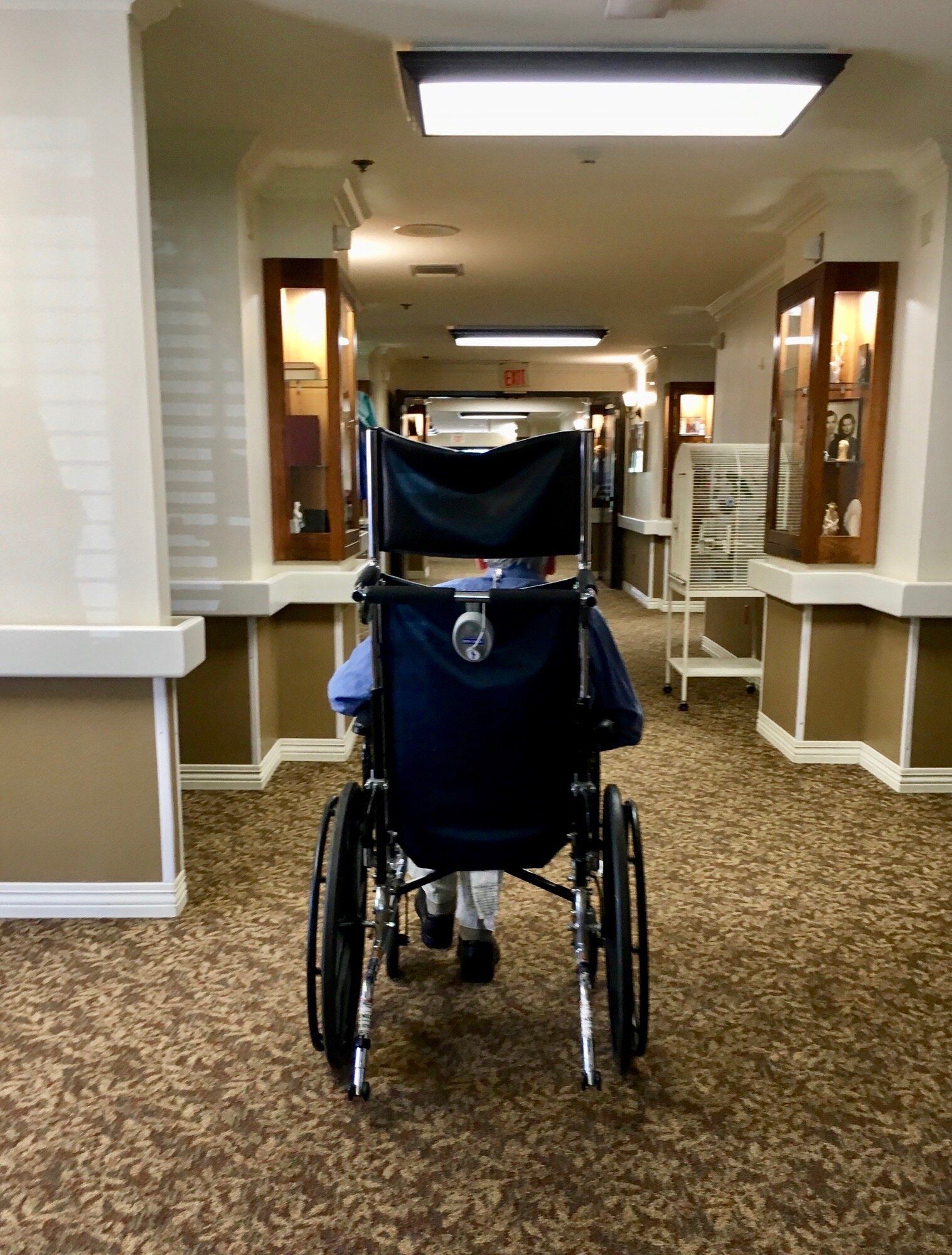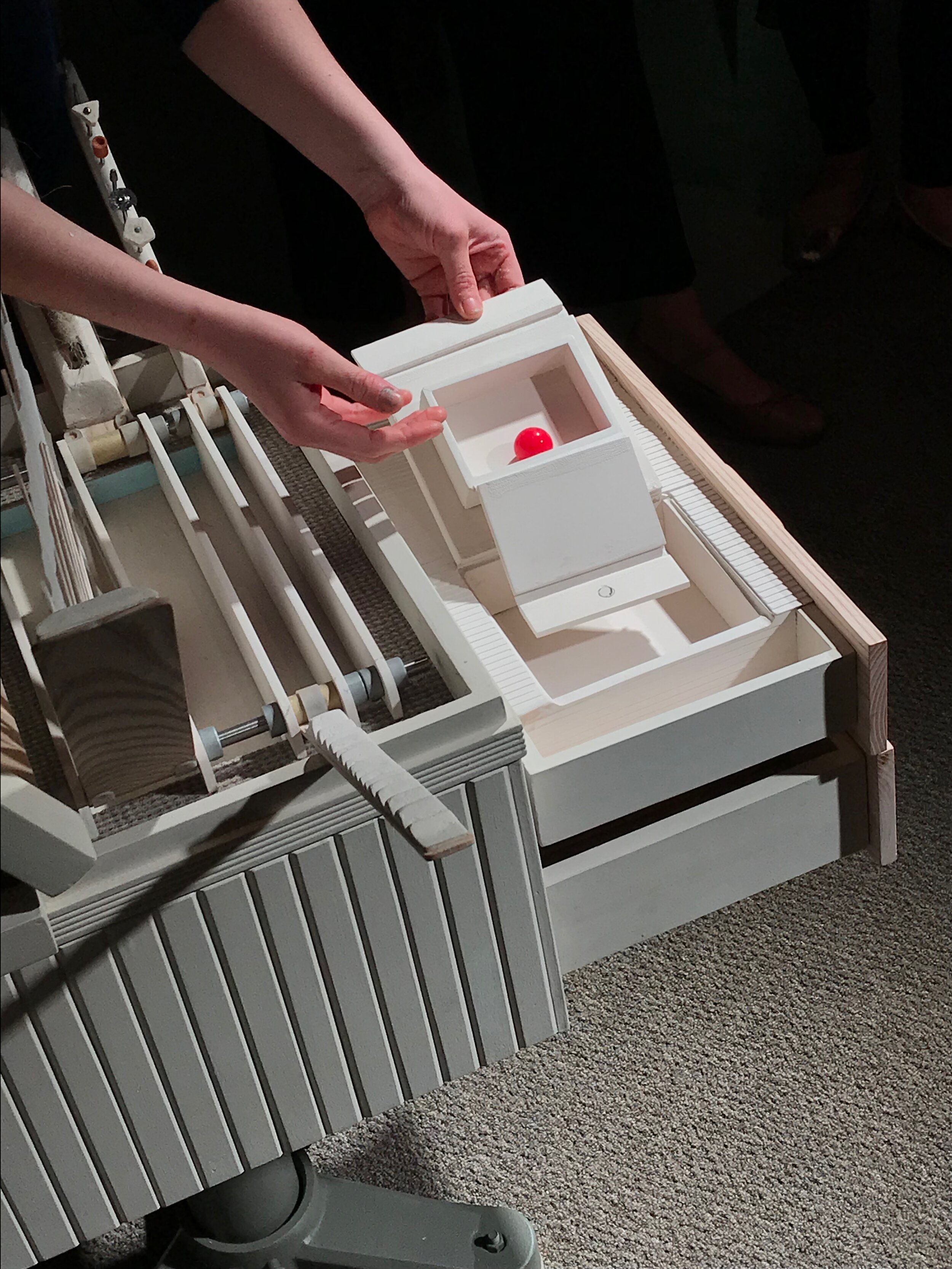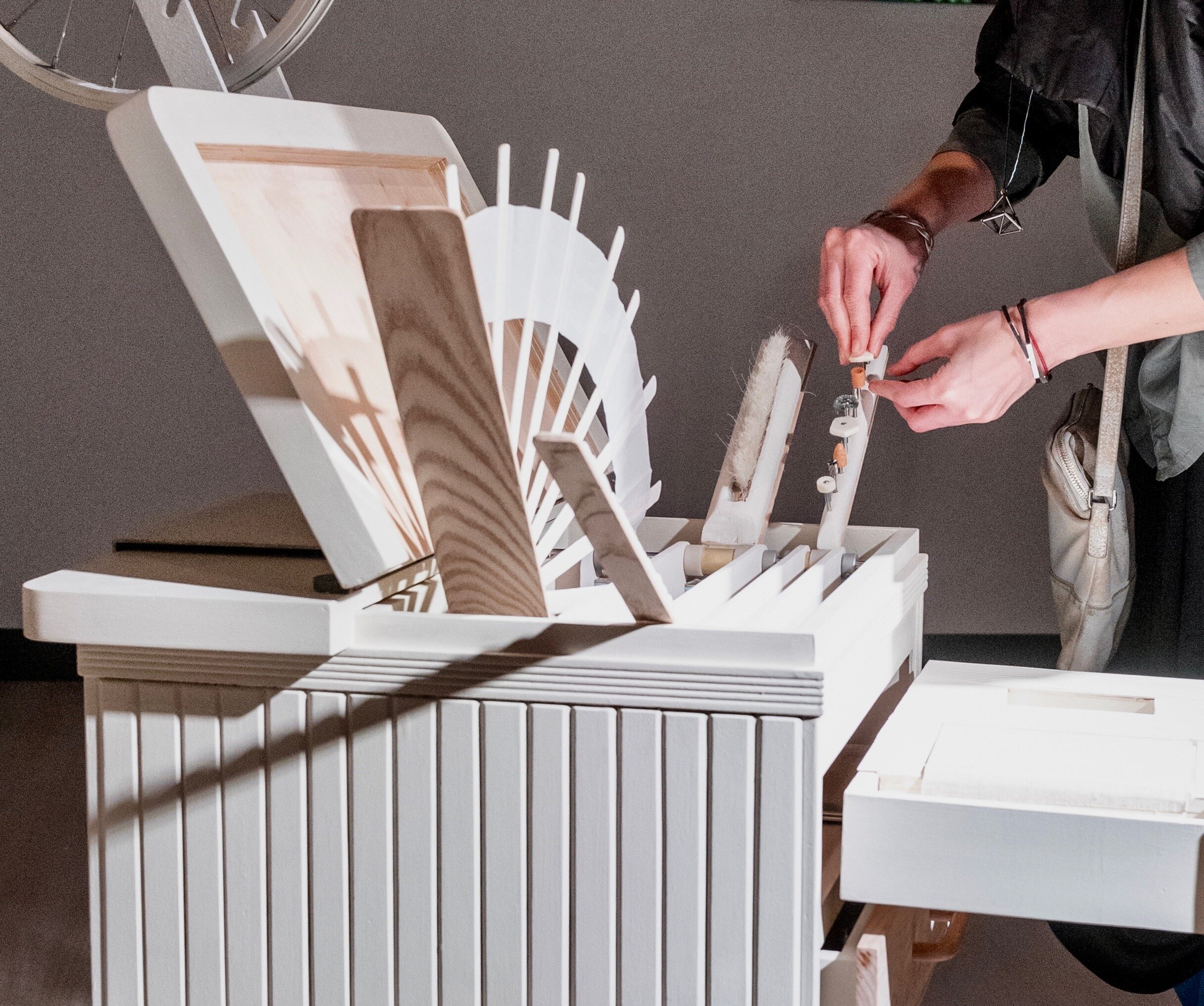Cultivating Aesthetic Play: A Case For Culture In Dementia Memory Care
Dementia is a debilitating experience that challenges the recollection of normative behaviors and interpersonal relationships, causing intrapersonal strife from constantly confronting an unrecognizable world. People with dementia come to rely on instinct and environmental sensory triggers to confirm where and who they are, yet these ties are disrupted when an afflicted individual must move from home to a residential memory-care community.
Often missing from these unfamiliar settings are opportunities for residents to extend beyond a search for solid ground and explore flashes of creativity that occur when materials aesthetically ‘appear’, or become noticeable for reasons beyond the sensuous or rational. The purpose of this project is to examine current and prospective avenues of behavioral engagement within residential memory-care; the site for my project is Silverado Memory Care Community, an in-patient memory care facility in Escondido, CA where my 81-year old father lived for two years. Over the course of my design research, I respond to the state of engagement at my father’s home and construct playful furniture objects that seek to inspire self-motivated aesthetic engagement.
I see this project not only as a blueprint for conceptualizing new therapeutic directions, but also as a platform for open dialogue about the nuanced behaviors and untapped creative capacities that are still retained by those with advanced stages of dementia. Outside of this goal, at its most intimate level, I see this project as a series of drafted love letters in the form of objects I’ve addressed to my father.
Read more about this project here, on Harvard GSD’s website.






















